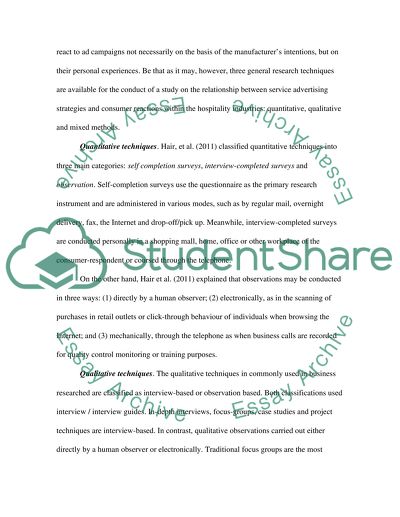Cite this document
(“Relationship Between Service Advertising Strategies and Consumers Dissertation”, n.d.)
Retrieved from https://studentshare.org/family-consumer-science/1410023-relationship-between-service-advertising-strategies-and-consumers-responses-within-hospitality-industry
Retrieved from https://studentshare.org/family-consumer-science/1410023-relationship-between-service-advertising-strategies-and-consumers-responses-within-hospitality-industry
(Relationship Between Service Advertising Strategies and Consumers Dissertation)
https://studentshare.org/family-consumer-science/1410023-relationship-between-service-advertising-strategies-and-consumers-responses-within-hospitality-industry.
https://studentshare.org/family-consumer-science/1410023-relationship-between-service-advertising-strategies-and-consumers-responses-within-hospitality-industry.
“Relationship Between Service Advertising Strategies and Consumers Dissertation”, n.d. https://studentshare.org/family-consumer-science/1410023-relationship-between-service-advertising-strategies-and-consumers-responses-within-hospitality-industry.


